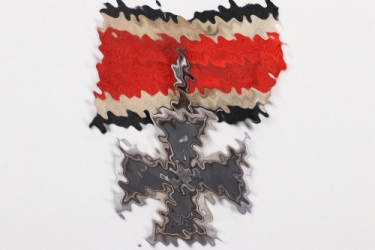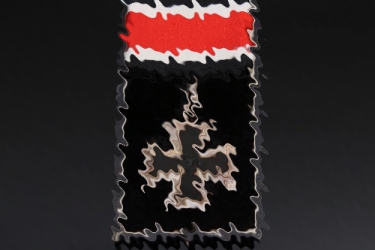Knight's Cross of the Iron Cross
Militaria Price Guide
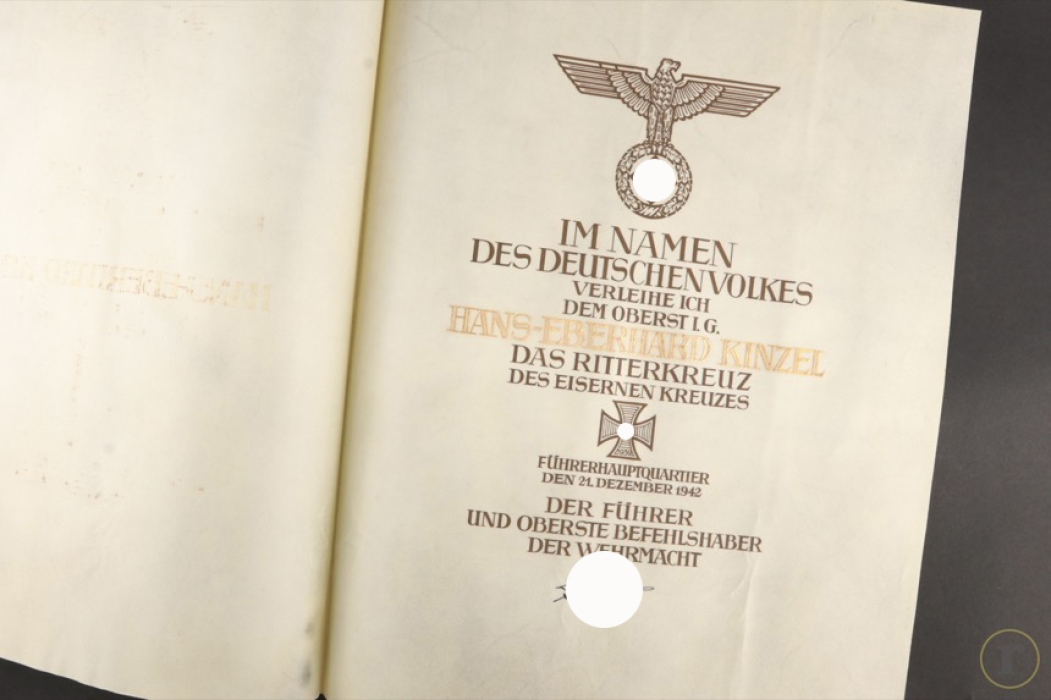
Oberst i.G. Hans-Eberhard Kinzel - Award Document to the Knight's Cross of the Iron Cross
MILITARIA PRICE GUIDE
How can I see prices?
Welcome to the ratisbon's MILITARIA PRICE GUIDE!
To access all prices, pictures, and descriptions please subscribe to our MILITARIA PRICE GUIDE at www.ratisbons.com/militaria-price-guide. Save 25% when subscribing for one year! Get full access for just 75€!
We are buying single items and entire collections! Call +49 8541 9053699
-
PAYMENT
-
HOW CAN I PAY FOR MY ORDER?
AUCTIONSYou will receive an e-mail confirming your successful bids the day after the auction has ended. In your personal my ratisbon's you will be able to inform us about your most convenient payment method for this order or tell us about an alternative shipping address.
If we don’t hear from you within 24 hours, we will send an invoice choosing the payment and shipping options which we think are the most comfortable ones to you. If you decide to change your shipping or payment method after receiving your invoice, just drop us a line or visit my ratisbon's/ORDERS for any more details.
SHOP ORDERSChoose your payment method when ordering and submit your order. Once your order has been received we will send an invoice including your shipping costs and your payment instructions.
After receiving the invoice, the order must be paid within 7 days.
Please contact us to discuss layaway options.To learn more about paying at ratisbon's, please see your FAQ pages.
WE ACCEPT FOLLOWING PAYMENT METHODS
-
-
Versand
-
HOW DO YOU SHIP MY NEW TREASURES?
PACKING & TRACKINGWe usually send out orders within 1-3 working days after your payment has been received. In most cases, we are faster than this! We will inform you when your goods are being dispatched and provide a tracking number, In addition, you can always check your order status at my ratisbon's/ORDERS. Delivery times will vary depending upon the delivery destination and type of shipping service you have chosen.
SHIPPING TO ALTERNATIVE ADDRESSIf you prefer to have your order shipped to your work address or a friend during your absence, we will happy to arrange this for you. Send us an email letting us know about your new shipping address and we will be happy to send an updated invoice to you.
OUR LOGISTIC PARTNERS ARE AS FOLLOWS
-
-
OUR GUARANTEE
-
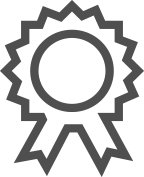 OUR GUARANTEE!
OUR GUARANTEE!We only offer collectables which to the best of our specialists knowledge are authentic. About 15% of all consignments are returned to the consignor after extensive research due to authenticity issues.
Unlike traditional auction houses we do offer a full right of return. If you are not satisfied with what you won or bought, you may return it within 14 days. Please inform us and we will instruct you on how to return the goods. For more information, please visit FAQ pages.
Important note: Cancelling bids after an auction may disappoint the consignor, who like you is a collector. This situation is easy to avoid. We encourage you not to bid on any collectable if you are unsure if it fits into your collection. Ask us to cancel your bid 24 hours prior to the end of an auction to avoid this situation.
-
COUNTRY Germany 1918 - 1945
DIMENSIONS 43.8 x 35.5 cm
WEIGHT
 US LOT 62-0005
US LOT 62-0005EAN 3000000016084
 US LOT 62-0005
US LOT 62-0005PERIOD 1918 — 1945
COUNTRY Germany 1918 - 1945
COUNTRY Germany 1918 - 1945
 US LOT 62-0005
US LOT 62-0005Knight's Cross of the Iron Cross
Description
Obert i.G. Eberhard Kinzel (October 18, 1897 – June 25, 1945)
Obert i.G. Eberhard Kinzel joined the Imperial Army on October 16, 1914, as a war volunteer. He was assigned to the 3rd Brandenburg Infantry Regiment "Graf Tauentzien von Wittenburg" No. 20. At the beginning of 1915, he also embarked on an officer's career with this regiment. In May 1915 he was wounded as an ensign at the front. In mid-July 1915, after recovering, he returned to the troops. On July 30, 1915, he was promoted to lieutenant. His rank seniority was later set at November 1, 1915. During the course of the First World War he was employed in various functions in his 3rd Brandenburg Infantry Regiment "Graf Tauentzien von Wittenburg" No. 20. In World War I he was awarded the Knight's Cross of the Royal Prussian House Order of Hohenzollern with swords and both Iron Crosses as well as other awards. After the war, after a certain period of time, he was taken on by the Freikorps von Oven in the Imperial Army. In the spring of 1920, he was then deployed in the interim army with the 6th Reichswehr Infantry Regiment. When the 100,000-man army of the Reichswehr was formed, he then became an orderly officer 5th (Prussian) Infantry Regiment. In 1921 he was assigned to this regiment as a company officer of the 14th company. From April 1, 1923, he was employed as adjutant of the training battalion of the 5th (Prussian) Infantry Regiment in Greifswald. As such, he was promoted to Oberleutnant in the summer of 1925. The rank seniority was set to April 1, 1925. On October 1, 1926, he was then assigned to the staff of the 2nd Division of the Reichswehr for the next two years for leadership assistant training transferred to Szczecin. After that, he continued to be assigned to this staff, but on October 1, 1928, he was assigned to the Berlin Command. On October 1, 1929, he was then assigned to the Reichswehr Ministry in Berlin. On October 1, 1930, he was also officially transferred to the Reichswehr Ministry. There he was then deployed in the Foreign Armies Department (T 3) of the Troops Office (TA). There he was promoted to captain on February 1, 1932. On October 1, 1933, he was transferred to the German Embassy in Warsaw. There he was now employed as an assistant to the military attaché. There he was promoted to Major in January 1936. The rank seniority was set to January 1, 1936. On April 1, 1936, he was transferred to the 66th Infantry Regiment. On April 1, 1937, he became the 1st General Staff Officer of the 19th Infantry Division in Hanover. On November 10, 1938, he was transferred to the Army High Command in Berlin. There he was now charged with maintaining the business of the department head of the 12th department (12th Dept.) at the Oberquartiermeister IV (O Qu IV). On February 1, 1939, he was promoted to lieutenant colonel iG. The rank seniority was dated March 1, 1938. As such, he has now been appointed Head of the Department of Foreign Armies East II. He remained in this position for the next few years. He was promoted to Colonel iG on February 1, 1941. In this function he was also awarded both clasps for his Iron Crosses. In March 1941 he appeared in Budapest in March 1941 with a letter from Generaloberst Halderto the Hungarian Colonel-General Werth. This letter contained the German wish for Hungary to participate in a possible Yugoslav war with the five mobilized Hungarian army corps against the Soviet Union. The letter held out the prospect of the imminent arrival of a German delegation headed by Generalleutnant Paulus in Budapest to discuss operational cooperation and the German advance against southern Slavia via Hungarian territory. Kinzel then took the answer back to Berlin. On May 1, 1942, he was replaced by Lieutenant Colonel Reinhard Gehlen in the OKH and transferred to the Führerreserve. On May 23, 1942, he was appointed Chief of the General Staff of the XXIX. Army Corps. On November 12, 1942, he was again transferred to the Führerreserve. During this phase he headed the German liaison staff at the Italian II Army Corps from December 15 to 22, 1942. On December 23, 1942, he was awarded the Knight's Cross of the Iron Cross for his work as chief of the Foreign Armies East Department. On January 1, 1943, he was promoted to major general. As such, he was now appointed Chief of the General Staff by the General Command zbV Cramer. On January 22, 1943, he was appointed Chief of Staff of Army Group North. On September 1, 1943, he was promoted to Generalleutnant. In mid-July 1944 he was relieved and transferred to the Führerreserve. On September 1, 1944, he was appointed commander of the 570th Volks-Grenadier-Division. By renaming the unit, he was then appointed commander of the 337th Volks-Grenadier-Division on September 15, 1944. At the beginning of March 1945, he relinquished his command. He was appointed Chief of Staff of Army Group Vistula that month. On April 20, 1945, he was promoted to General der Infanterie. As such, on April 22, 1945, he became Chief of the General Staff of Operations Staff North under Grand Admiral Dönitz. At the beginning of May 1945, he was part of the delegation at the capitulation negotiations at Field Marshal Montgomery's headquarters together with General Admiral Hans-Georg von Friedeburg, Rear Admiral Gerhard Wagner, Major Jochen Friedel and Colonel iG Fritz Poleck. With the capitulation he was taken prisoner. There he committed suicide in May 1945. (From Lexikon der Wehrmacht)
Knights Cross of the Iron Cross formal award document issued to Obert i.G. Hans-Eberhard Kinzel on parchment with an integral blank front leaf, Führerhauptquartier, December 21, 1942. The ornately lettered document is executed in India ink and gold with a hand-inked signature of Adolf Hitler at the bottom. The parchment is just the slightest bit wavy, as is very common in such documents, but otherwise fine condition. Award documents for the Knight’s Cross are rare, even though Hitler granted over 7,000 of them. A severe backlog soon developed and, in the end, very few recipients of the award ever received their large formal award documents.
The document is part of a veteran bring-back that we proudly offer here for the very first time. The GI opted to bring 9 single formal documents in one red presentation leather folder (Mappe) which will be auctioned with Ratisbon’s through a couple of auctions.
Condition
1-
Seller
History Trader Inc., 521 Thorn Street #165, Sewickly, PA 15143-0165, USA
NAME
Knights Cross of the Order of the Iron Cross
DATE OF INSTITUTION
1. September 1939 as the third and new grade of the re-instituted Order of the Iron Cross
AWARD CRITERIA
The Knights Cross of the Iron Cross was awarded for exceptional bravery in the face of the enemy and for outstanding merit in troop leadership. The awarding required the previous awarding of the two lower grades. The Knights Cross was solely awarded by the Führer upon the proposal of the soldiers unit and issued by the Heerespersonalamt. The Knights Crosses were stored at the Ordenskanzlei in Berlin, to be sent to the awardee after approval. There were no Knights Crosses stored at any level of the Wehrmacht before the end of April 1945.
MANUFACTURERS
The Knights Cross of the Iron Cross was produced by seven manufacturers, not including variations amongst the individual companies. The Knights Crosses can be found either unmarked (early Juncker and 3/4 Ring), with a silver content mark, with an LDO number (L/12 and L/52), and later on with the company’s Präsidialkanzlei number (2, 20, 65, and 4). Private sales were forbidden after October 1941.
AWARD NUMBERS
Accurate numbers are not known but the closest estimation is around 7,200, and most likely another couple of hundred on stock at the Präsidialkanzlei.
AWARD DOCUMENTS
The awardee received a preliminary document in A5 format and issued in the name of the Führer by the responsible personnel offices of the three branches of the Wehrmacht. The formal document (Große Mappe) was issued later and only until date of late 1942 / early 1943 due to the huge backlog.
WEARING METHOD
The Knights Cross was worn around the neck on a wider red white and black ribbon which came within the black award case of the Knights Cross.


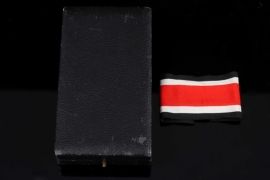


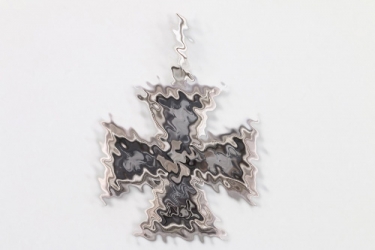

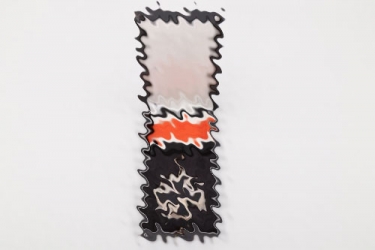







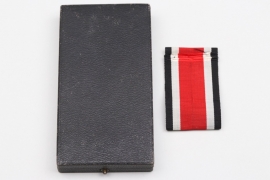
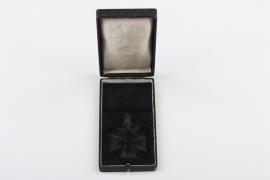
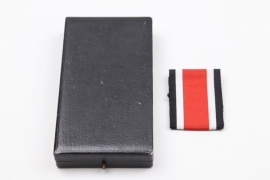

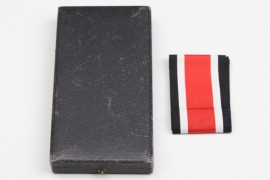
.jpg)


.jpg)
